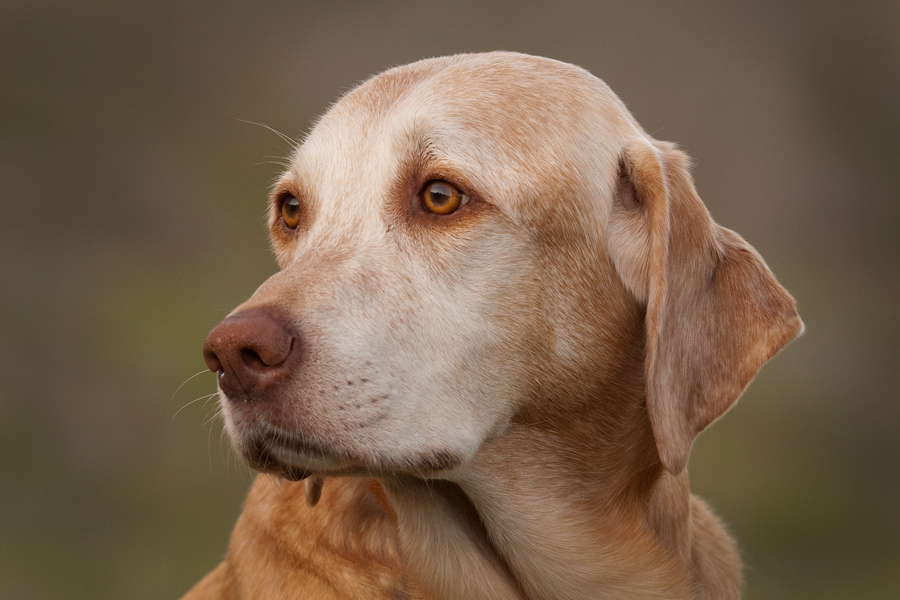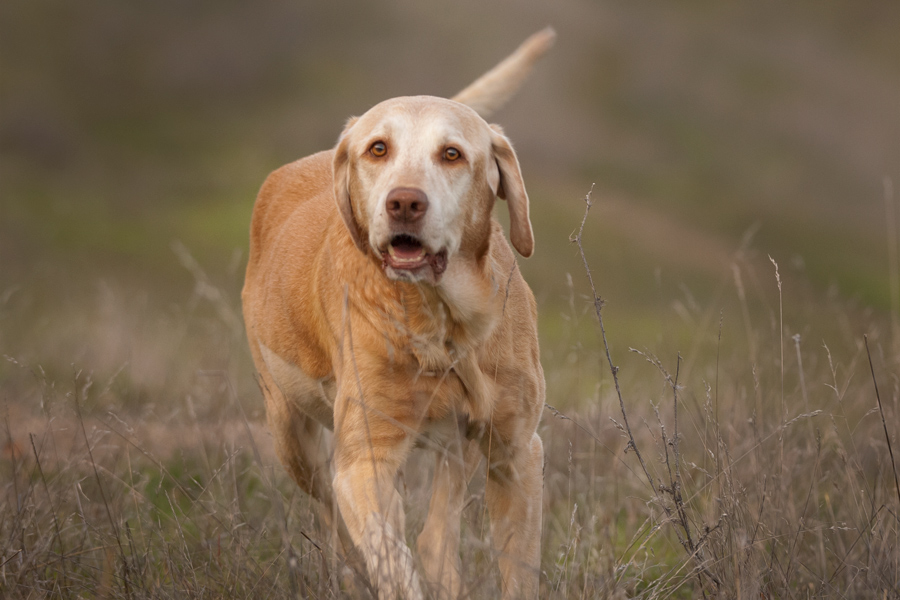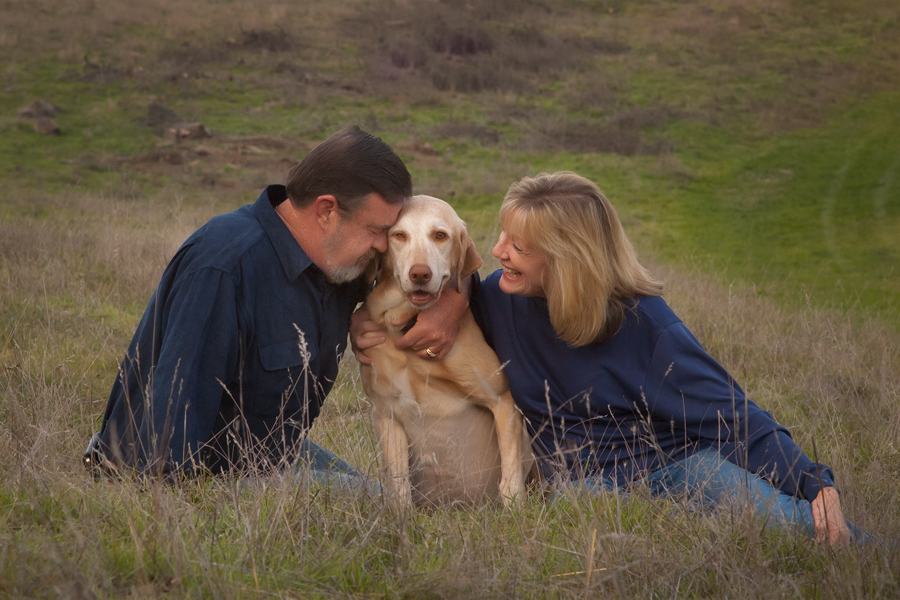There is a place for professional photography that often goes unsolicited and that is book cover photography. You do have to be aware of the needs of your client and help them create a cover that will sell their book. I believe that the book cover has one job, stop you and make you pick up the book. Or In the case of today's digital readers, the cover makes you stop scrolling and click on the book to find out more.
However, a dilemma can occur as writers are seasoned story tellers. A writer may want to use the cover to tell a story - where I believe , the cover is simply all about advertising.
If you think about it, how long does it take you to make a decision about a book while scrolling the archives of Amazon.com? The writer doesn't have much time to grab the attention of the potential reader and show a cover so compelling it makes you click on it find out what the book is about.
In this instance, two ideas were talked about. Using an existing image from India with some Photoshop work to include a subject and a close up of a woman's eyes wrapped in a Sari.
We had a fantastic model in Alexa that posed for us. She happened to be the girlfriend of the male model we were using, so we just met then at their home to make it easy on them and us.
For Alexa, we wrapped her up and had her stand against the wall while we used a five foot Profoto RFi 5 Foot Octa Softbox as our main light. This is a huge light that is very soft and yields a beautiful quality to the light. We also used a couple of Lasolite Tri-Grip hand held reflectors for some fill light.
While the plain wall worked fine, I noticed they had a freshly painted red door that I wanted to use as a background and though it was a tight squeeze in-between the sofa and the five foot soft box we made a few more images. The green eyes of the model just popped against the red background.
Here is how the other cover was developed: Since a fair amount of the book takes place in India, the writer wanted to create a feeling of what it was like being in India. While doing research on the book, the author spent time traveling in India and while he was there, took some photographs. I highly encourage writers to do just that, take photographs while they travel on research. The quality may not be cover material but if nothing else it could inspire your cover designer or you might do what we did and use some parts of images to create a cover.
One of a couple of images the author supplied from his research trip.
Another image shot in India to be used as a book cover.
The author wanted a young man in the street so we photographed a friend in his home and then stripped away the background so we could fit him into the street scene.
I knew from previewing the background scene the author supplied, that we wanted light coming at the man to give the same feeling as the light in the street. So I used a Profoto RFi 1 x 3 strip light pointed right at the subject to provide the backlighting.
After many layers in Photoshop we finally constructed the two book covers. One more simple, just a woman in a Sari showing just the eyes. The other one a more complex image telling the story of a man, alone in the streets of India.
Here are the final two covers: To find out which cover the author went with, follow this link and check out the new novel by Phil Ribera: Sadhana found on Amazon.com
If you have an opinion on which cover you like better, I'd love to hear it.









 If you wear makeup and want to do your makeup yourself, put your makeup on as if you are going to work. Don't get too heavy like you might if you were going to the club at night. Use the "less is more" adage when it comes to make up. If you hire a professional makeup artist, use someone who does makeup for photography. Look for samples of their work to make sure their style fits your look.
If you wear makeup and want to do your makeup yourself, put your makeup on as if you are going to work. Don't get too heavy like you might if you were going to the club at night. Use the "less is more" adage when it comes to make up. If you hire a professional makeup artist, use someone who does makeup for photography. Look for samples of their work to make sure their style fits your look.








